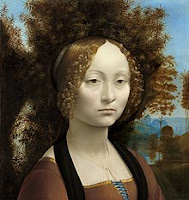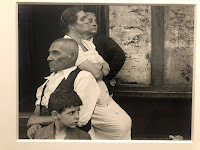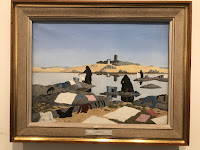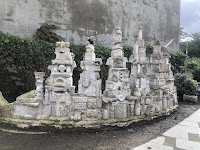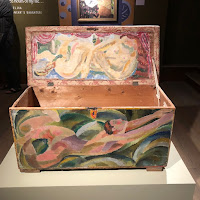Women: Makers and Muses

Beautiful exhibition at the Fitzwilliam Museum contrasting the way women saw themselves through their art from the beginning of the twentieth century to today with their representation by male artists. The show drew on the galleries own collections one side looked at men using women as their muse and it was good to see one of the Stanley Spencer self-portraits with his second wife Patricia Preece in this context as the Epstein sculpture of Hélène Yellin. There was also a Glyn Philpott I didn’t know. The other side looked at female artists and included a nice Gwen John and a lovely picture by Marie Louis von Motesiczky “At the Dressmaker’s” from 1930 showing herself as the lady being fitted for a dress. It was good to see contemporary art represented with a Bridget Riley. Closes 1 March 2022







